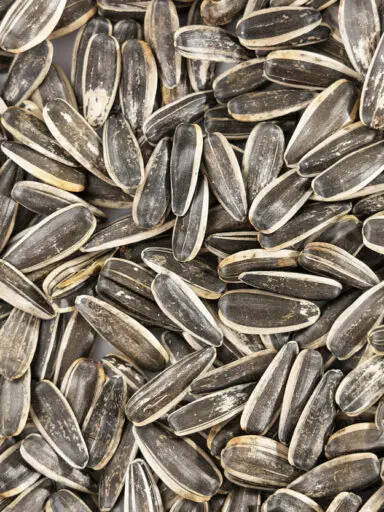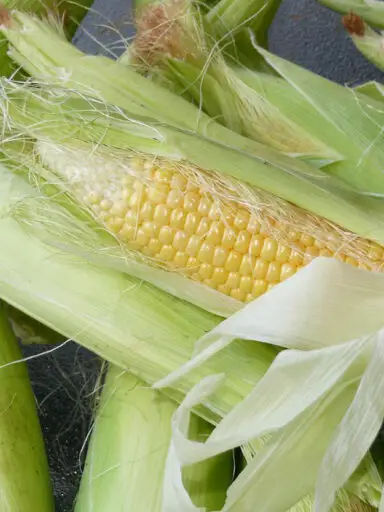The radish is a pungent edible root vegetable of the Brassicaceae family. It is usually eaten raw as a crunchy salad vegetable. Their pungent characteristics come from chemicals including glucosinolate, myrosinase, and isothiocyanate.
They are closely related to the daikon variety which is also grown for its oil production.
The radish originated in Southeast Asia and later spread into India, central China, and Central Asia. it was then cultivated by the early Greeks and Romans.
Radishes are annual or biennial crops grown for their swollen tap roots which can be either globular, tapering, or cylindrical. The flesh tends to be white with a tinge of red.
The root skin can range in color anything from white to pink, red, and purple. Other varieties appear yellow, and green to black.
The roots generally grow to about one inch in diameter. The longer varieties like daikon grow up to 24 inches long.
They grow best in regions with plenty of sunlight, and well-drained sandy loam soils. They are used as companion plants for many other crops, probably because their pungent odor deters pests and critters.
Cucumbers particularly do well when planted side-by-side with radishes. Other vegetables that do well when planted with radishes include chervil, lettuce, peas, and nasturtiums.
The most popular varieties of radishes include the winter variety Daikon or Japanese radish, which is native to Asia. There are the Black Spanish radishes which are more peppery and flavorful than the white varieties.
Then there is the Green radish which is native to the Northern China region. Its distinctive outer peel features leafy-green color which, gradually changes to white color near the lower tip. This one has a sweet and less pungent flavor.
Finally, there are the Watermelon radishes that bear watermelon-like pulp. The pulp is less peppery and is mildly sweet.
The radish is available throughout the year in markets. Peak seasons are generally Winter through Spring with Daikon being the best option during the Winter season.
When purchasing one should look for roots that are firm in texture and feel heavy in hand. The top stock should be green, vibrant, and firm as well. They should not have any cuts and bruises. They should not be soft, mushy, or show signs of rot or fungus.
At home, the top green stalks should be removed and stored without them. They should be washed to remove any dirt and soil particles as well as fungicide residue.
They should then be stored in a refrigerator in a zip-lock plastic bag which they will keep for about a week.
How to Prepare Radish for Consumption
Washed radishes can be eaten as a snack whole, chopped, or sliced. They can be mixed in with vegetable salads. They are a great addition to coleslaw salad varieties.
They can be used in vegetable stews, stir-fry, or tossed dishes. The same can be pickled as used in the Kimchi, the Korean specialty.
Nutritional Benefits
The radish comes with minerals, vitamins, and antioxidant properties. it contains no cholesterol and almost no fat and oil. it contains just 16 calories per 100 grams.
This root is rich in vitamin C and Vitamin E. It also contains some good amounts of B-complex vitamins such as folates and pyridoxine. It also contains riboflavin and traces of niacin.
It contains some sodium and potassium. It is a good source of copper, iron, calcium, magnesium, manganese, and zinc.




